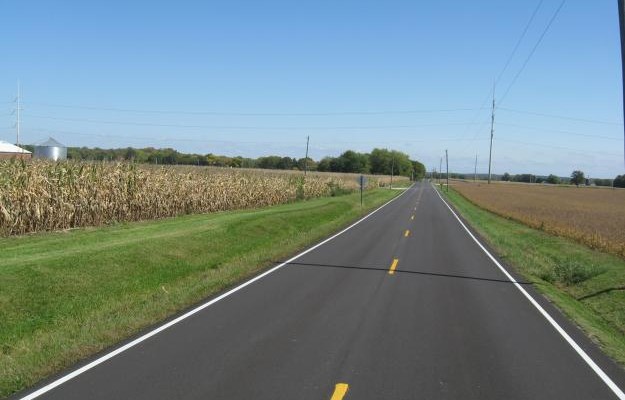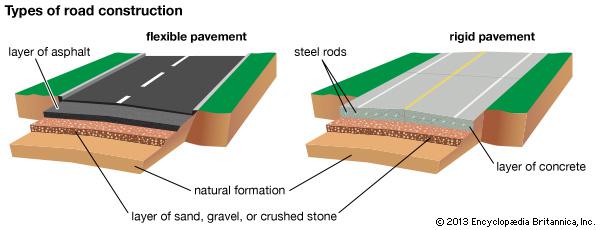
Pavement:
Pavements form the basic structure in route transportation. Every layer of pavement incorporates a multitude of functions to perform that needs to be punctuallyconsidered throughout the planning method. Different types of pavements may be adopted relying upon the traffic needs.
TYPES OF PAVEMENTS
1. Flexible pavements and
2. Rigid pavements
- Flexible Pavement
Flexible pavements will transmit wheel load stresses to the lower layers by grain-to-grain transfer through the points of contact among the granular structure (see Figure shown below).
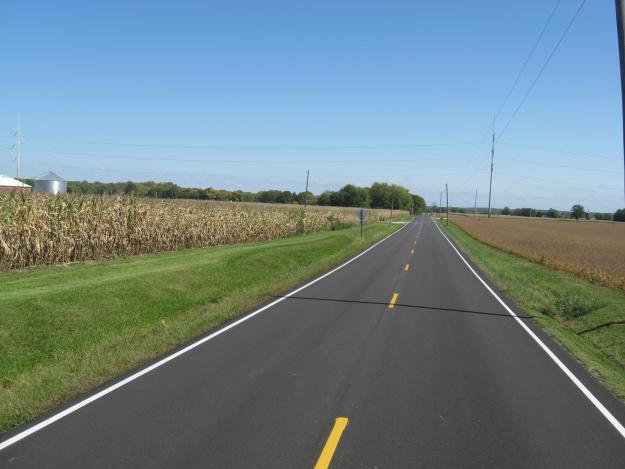 In flexible pavements, wheel loads are transferred by grain-to-grain contact of the combination through the granular structure. The flexible pavement, having less flexural strength, acts sort of a flexible sheet (e.g. bituminous road).
In flexible pavements, wheel loads are transferred by grain-to-grain contact of the combination through the granular structure. The flexible pavement, having less flexural strength, acts sort of a flexible sheet (e.g. bituminous road).
The wheel load working on the pavement are progressing to be distributed to a large area, and additionally the stress decreases with the depth.
Taking advantage of those stress distribution characteristic, flexible pavements ordinarily has several layers.
Hence, the look of flexible pavement uses the idea of layered system. A typical cross section of the flexible pavement is shown below.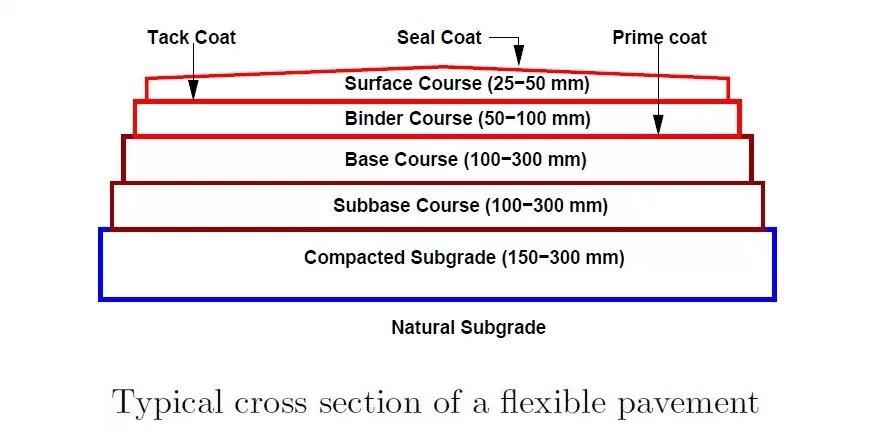
The lower layers can expertise lesser magnitude of stress and calibre material will be used. flexible pavements are created using bituminous materials. These will be either within the kind of surface treatments (such as bituminous surface treatments usually found on low volume roads) or, asphalt concrete surface courses (generally used on high volume roads such as national highways). Flexible pavement layers replicate the deformation of the lower layers on to the surface layer (e.g., if there is any undulation in sub-grade then it’s going to be transferred to the surface layer). Within the case of flexible pavement, the planning is predicated on overall performance of flexible pavement, and the stresses produced should be unbroken well below the allowable stresses of every pavement layer.
TYPES OF FLEXIBLE PAVEMENTS
1. conventional layered flexible pavement,
2.Full – depth asphalt pavement
3. Contained rock asphalt mat (CRAM).
-
Conventional flexible pavements area unit layered systems with fine quality dear materials are placed among the high wherever stresses are high, and quality low-priced materials are placed in lower layers.
-
Full – depth asphalt pavements are created by inserting bituminous layers directly on the soil subgrade.
-
Contained rock asphalt mats are created by inserting dense/open ranked combination layers in between 2 asphalt layers. changed dense ranked asphalt concrete is placed on top of the sub-grade can significantly cut back the vertical compressive strain on soil sub-grade and shield from surface water.
2. RIGID PAVEMENTS
Rigid pavements have comfy flexural strength to transmit the wheel load stresses to a wider area below. A typical cross section of the rigid pavement is shown below.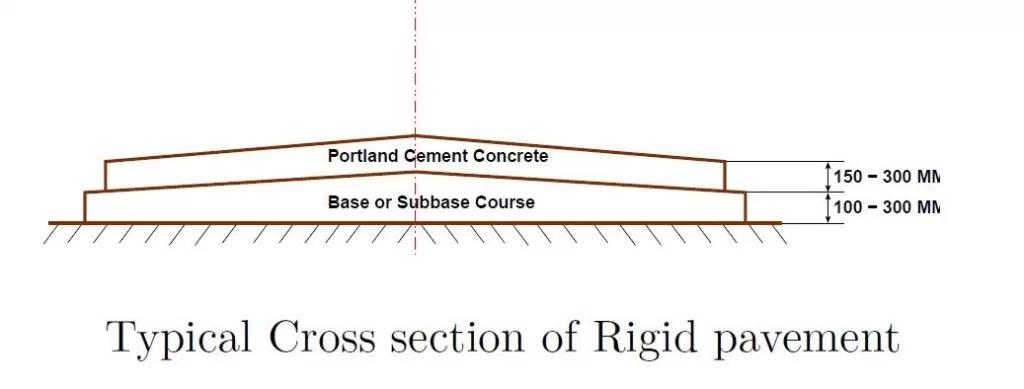
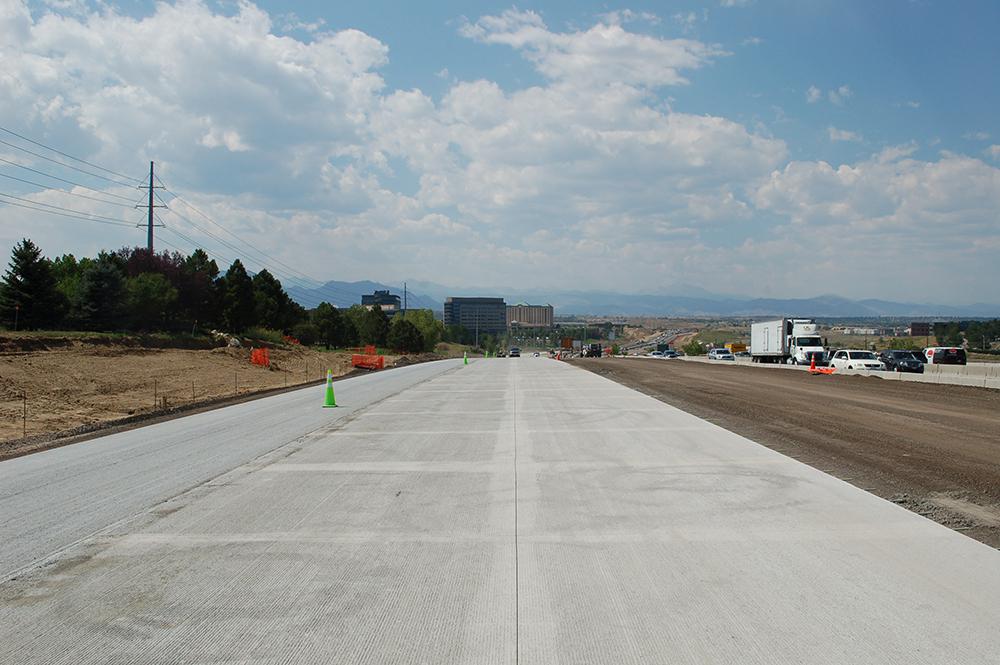
Compared to flexible pavement, rigid pavements are placed either directly on the ready sub-grade or on one layer of granular or stable material.Since there is only one layer of material between the concrete and thus the sub-grade, this layer are called as base or sub-base course.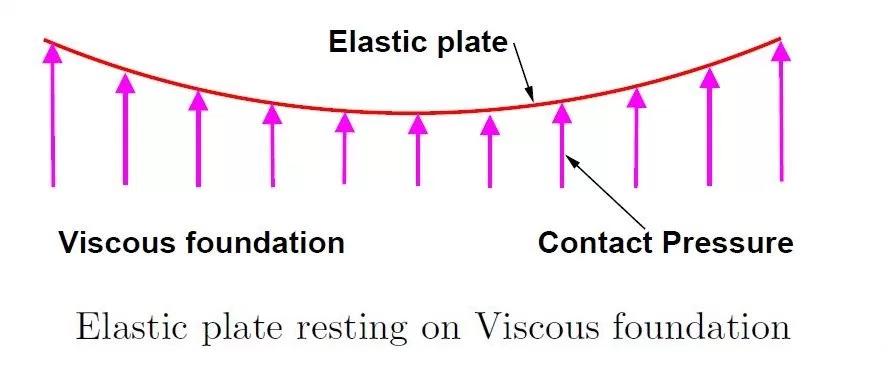
Rigid pavements are made by portland cement concrete (PCC) and will be analyzed by plate theory rather than layer theory, assuming an elastic plate resting on viscous foundation. Plate theory could be a simplified version of layer theory that assumes the concrete block as a medium thick plate that is plane before loading and to stay plane when loading. Bending of the block due to wheel load and temperature variation and the ensuing tensile and flexural stress.
TYPES OF RIGID PAVEMENTS
1. Jointed plain concrete pavement (JPCP),
2. Jointed reinforced concrete pavement (JRCP),
3. Continuous reinforced concrete pavement (CRCP)
4 .Pre-stressed concrete pavement (PCP).

